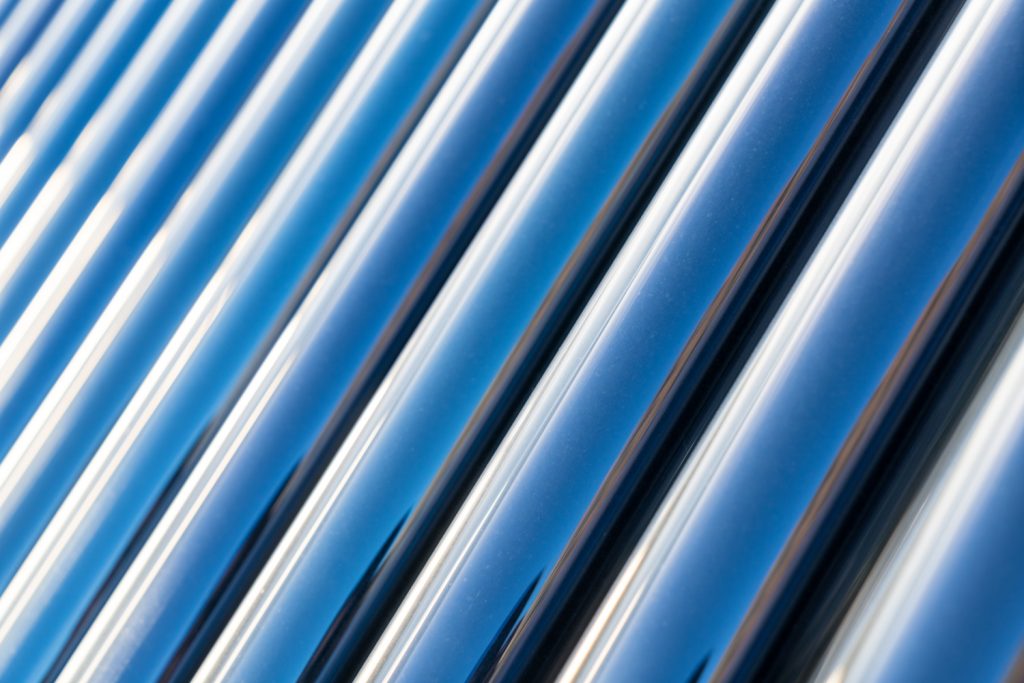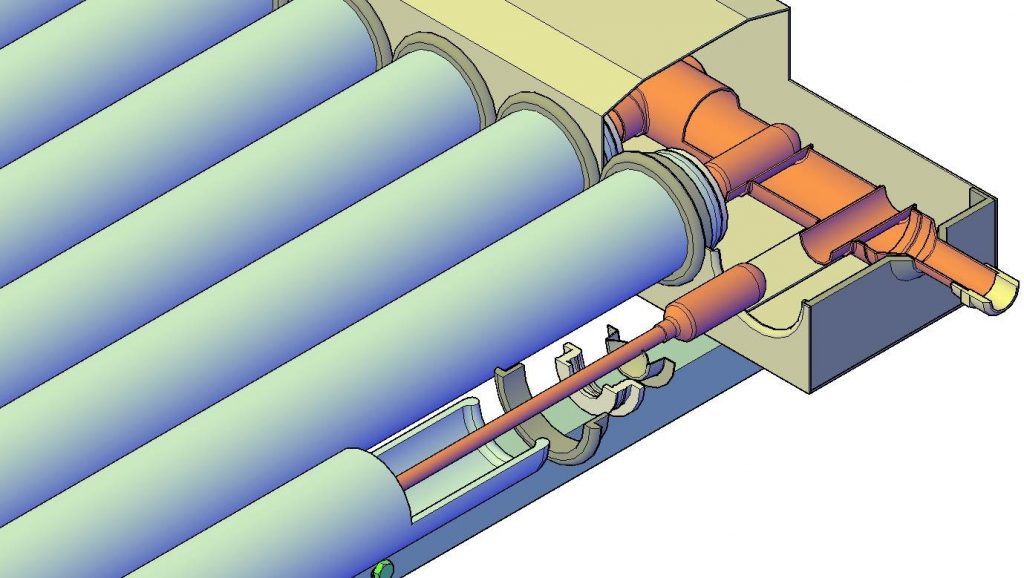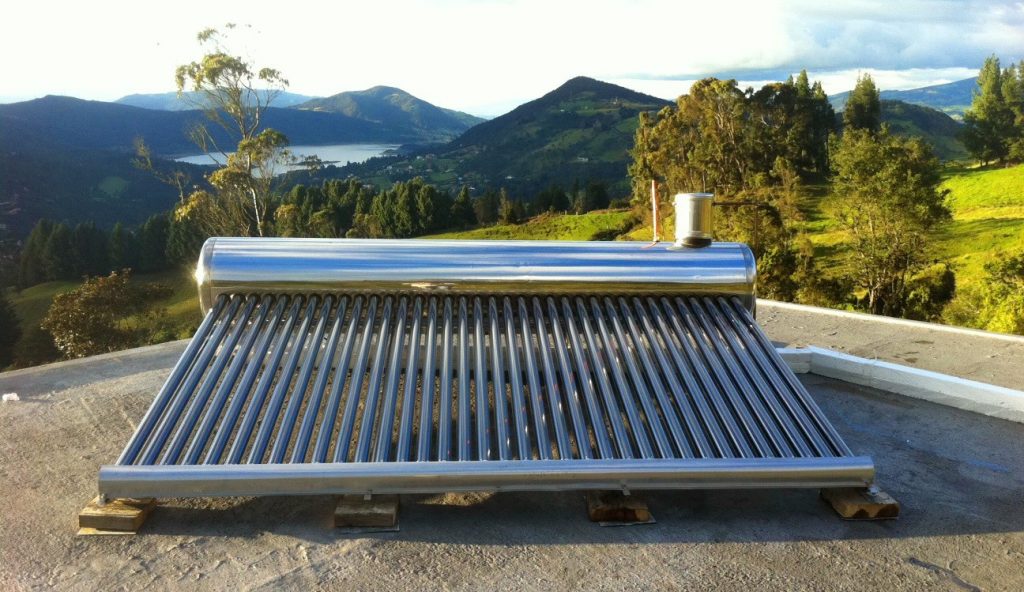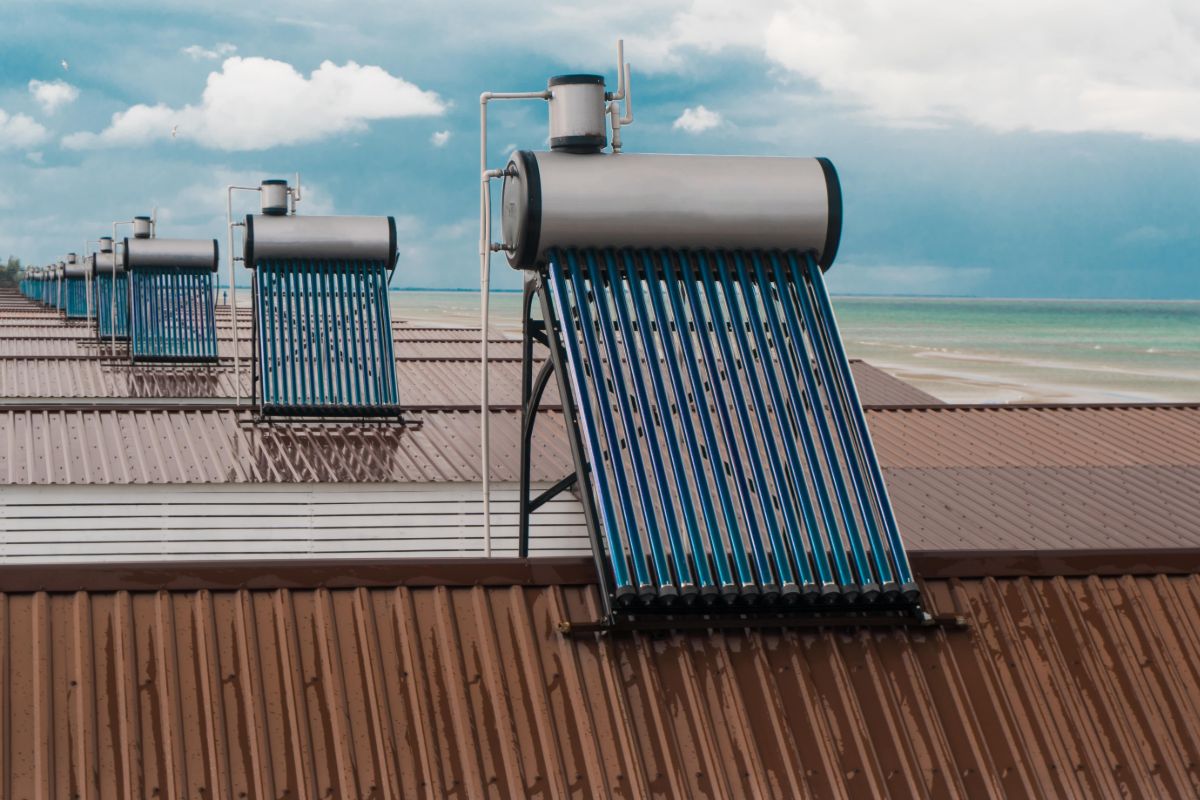In one of the previous articles we talked about solar panels for hot water (non-pressurized solar panels). So, today we are going to discuss about pressurized solar panels.
In order not to create confusion, we remind you that solar panels are divided into two large categories:
- Photovoltaic panels;
- Thermal panels: pressurized and non-pressurized;
Before introducing you to the features of pressurized panels, we will also talk about the advantages of thermal panels in general.
Advantages of Solar Thermal Panels

For those of you who are thinking about an economical solution to heat domestic water, solar thermal panels (both pressurized and non-pressurized) have three great advantages:
- The investment in a thermal solar panel pays for itself very quickly. Apart from the purchase and installation costs, the system has no additional costs, using entirely solar energy.
- Thermal solar panels have a very long lifespan: 20-25 years. Even though the purchase and installation price may seem high, these panels are a convenient, long-lasting investment.
- Considering that solar thermal panels use entirely solar energy, their degree of pollution is equal to 0. Thus, you will also contribute to protecting the environment.
Pressurized Solar Panels
Both types of thermal panels, both pressurized and non-pressurized, are used to heat domestic water. The main differences between them are the way of manufacture and the specifications related to mounting.
How do pressurized solar panels work?

The Heat Pipe technology is the basis for pressurized solar panels. Similar to non-pressurized panels, the tubes of pressurized panels are made of two layers of glass with a vacuum between them.
In non-pressurized panels, we already know that water is heated inside the tubes and then rises to the storage tank following the thermosiphon principle. In contrast, pressurized panels rely on the exchange of energy between the collector and the water in the tank. The vacuum tubes absorb solar energy (heat) and transfer it to the water in the tank through a Heat Pipe made of copper. Consequently, the water is constantly heated and supplied to the household under pressure.
Installation of pressurized solar panels
Since the water is not heated directly in the glass tubes of the panels, pressurized systems can be used throughout the year. The only element that should not be forgotten during their installation is the thermal conductive paste. This prevents the erosion of the Heat Pipe or reduces the transfer of heat to the tank.
Once the panel is installed and the system is powered, the water will reach a temperature of 40℃ in approximately 8 hours, depending on the intensity of sunlight.
Advantages of pressurized solar panels:

IMPORTANT!!! Unlike non-pressurized panels (which cannot be used in winter), the main advantage of pressurized panels is that they can be used throughout the year without any exceptions.
Additionally, as already mentioned, these panels have a very long lifespan, and the investment can be recovered within 3-4 years from the installation date.
Furthermore, this type of thermal panel does not require special maintenance, except when one of the tubes breaks and needs to be replaced. However, unlike non-pressurized panels, the pressurized system can function without any problem even with a broken tube.
Disadvantages of pressurized solar panels
One of the main disadvantages of these panels is that their installation is more complex compared to non-pressurized ones. Therefore, they require installation by a specialist.
Due to being made of more durable materials and having a more complex operating system, pressurized panels have a slightly higher price compared to non-pressurized ones.
